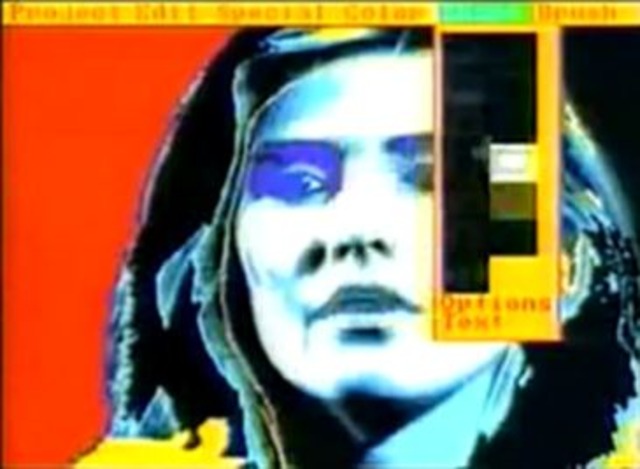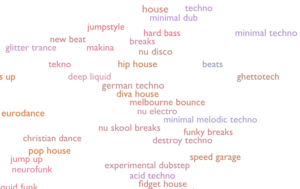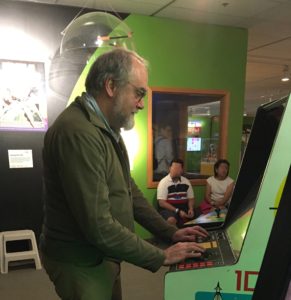A painting created using GANs (generative adversarial networks) sold for $432 000 at Christies today.
Last year a $432 000 painting “by AI” sold at Christie’s. The painting was created by a collective called Obvious. They used a Generative Adversarial Network. In an essay titled, A naive yet educated perspective on Art and Artificial Intelligence, they talk about how they created the work.
Generative Adversarial Networks (GANs) analyze tens of thousands of images, learn from their features, and are trained with the aim to create new images that are undistinguishable from the original data source.
They also point out that many of the same concerns people have about AI art today were voiced about photography in the 19th century. Photography automated the image making business much as AIs are automating other tasks.
Can we use these GANs for other generative scholarship?







